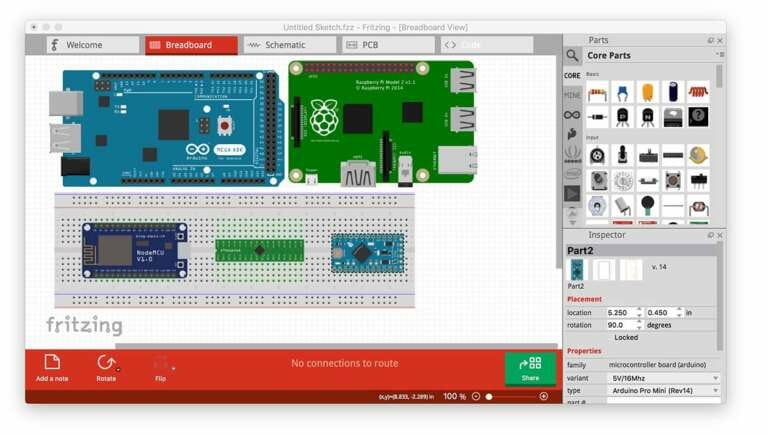

You can skip this first section or two if you already know your way around Arduino the second half of the post looks at the process of integrating Raspberry Pi sensors into a network.

And since the cabin is heated with propane, a smoke+ CO2 sensor helps with a sense of security. But why stop there? The cabin is outside Denver, where it is extremely dry - humidity readings set the stage to later automate the humidifiers, too. The first step in building a learning thermostat from scratch is to have good temperature readings in each of the zones. It was the first step toward building a “Nest-equivalent” smart (programmable) tri-zone thermostat with Grafana integration. This was the first sensor built for my retrofit of a snowy cabin into a smart home. One simple approach to home automation is to treat the Arduino as a USB device which provides the Raspberry Pi sensors’ readings.

Many people come to the DIY IOT space by way of Arduino Uno & Nano.


 0 kommentar(er)
0 kommentar(er)
